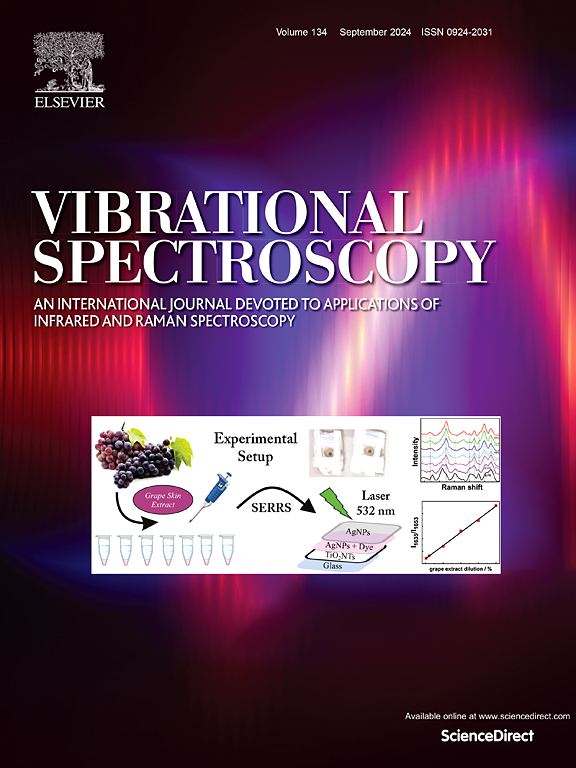Simultaneous qualitative and quantitative analyses of pesticide residues on fruit peels with ATR-FTIR spectroscopy and multi-task learning
IF 3.1
3区 化学
Q2 CHEMISTRY, ANALYTICAL
引用次数: 0
Abstract
With the increased awareness of food safety, rapid, accurate, and non-destructive detection of pesticide residues on fruit peels has attracted widespread attention. In this work, we utilize the attenuated total reflectance-Fourier transform infrared spectroscopy (ATR-FTIR) to directly detect multiple pesticide residues (including carbendazim, thiophanate-methyl, and thiabendazole) on the surface of the apple peels. To further improve the efficiency of detection and meet the practical application needs, a multi-task learning (MTL) model based on multi-task neural networks is introduced to perform qualitative and quantitative analysis of three pesticides, simultaneously. The optimal results in the testing set demonstrate an average accuracy of 100 % for the qualitative task, while the average R2 of 0.9415 and root mean square error (RMSE) of 2.567 μg/cm2 can be achieved in the quantitative task. The limit of detection (LOD) of carbendazim, thiophanate-methyl, and thiabendazole were determined as 7.308 μg/cm2, 1.595 μg/cm2 and 0.159 μg/cm2, respectively. Compared with the traditional single-task model, our work greatly simplifies the complexity of pesticide detection while ensuring prediction accuracy, which offers an alternative approach for further deployment and operation of the on-site system.
基于ATR-FTIR光谱和多任务学习的果皮农药残留同时定性和定量分析
随着人们食品安全意识的增强,果皮农药残留的快速、准确、无损检测受到了广泛关注。本研究利用衰减全反射-傅立叶变换红外光谱(ATR-FTIR)直接检测苹果果皮表面的多种农药残留(包括多菌嗪、甲基硫代盐和噻唑咪唑)。为了进一步提高检测效率,满足实际应用需求,引入基于多任务神经网络的多任务学习(MTL)模型,同时对三种农药进行定性和定量分析。测试集的最优结果表明,定性任务的平均准确率为100 %,定量任务的平均R2为0.9415,均方根误差(RMSE)为2.567 μg/cm2。多菌灵、甲基硫代盐、噻苯达唑的检出限分别为7.308 μg/cm2、1.595 μg/cm2和0.159 μg/cm2。与传统的单任务模型相比,我们的工作大大简化了农药检测的复杂性,同时保证了预测的准确性,为现场系统的进一步部署和运行提供了另一种方法。
本文章由计算机程序翻译,如有差异,请以英文原文为准。
求助全文
约1分钟内获得全文
求助全文
来源期刊

Vibrational Spectroscopy
化学-分析化学
CiteScore
4.70
自引率
4.00%
发文量
103
审稿时长
52 days
期刊介绍:
Vibrational Spectroscopy provides a vehicle for the publication of original research that focuses on vibrational spectroscopy. This covers infrared, near-infrared and Raman spectroscopies and publishes papers dealing with developments in applications, theory, techniques and instrumentation.
The topics covered by the journal include:
Sampling techniques,
Vibrational spectroscopy coupled with separation techniques,
Instrumentation (Fourier transform, conventional and laser based),
Data manipulation,
Spectra-structure correlation and group frequencies.
The application areas covered include:
Analytical chemistry,
Bio-organic and bio-inorganic chemistry,
Organic chemistry,
Inorganic chemistry,
Catalysis,
Environmental science,
Industrial chemistry,
Materials science,
Physical chemistry,
Polymer science,
Process control,
Specialized problem solving.
 求助内容:
求助内容: 应助结果提醒方式:
应助结果提醒方式:


